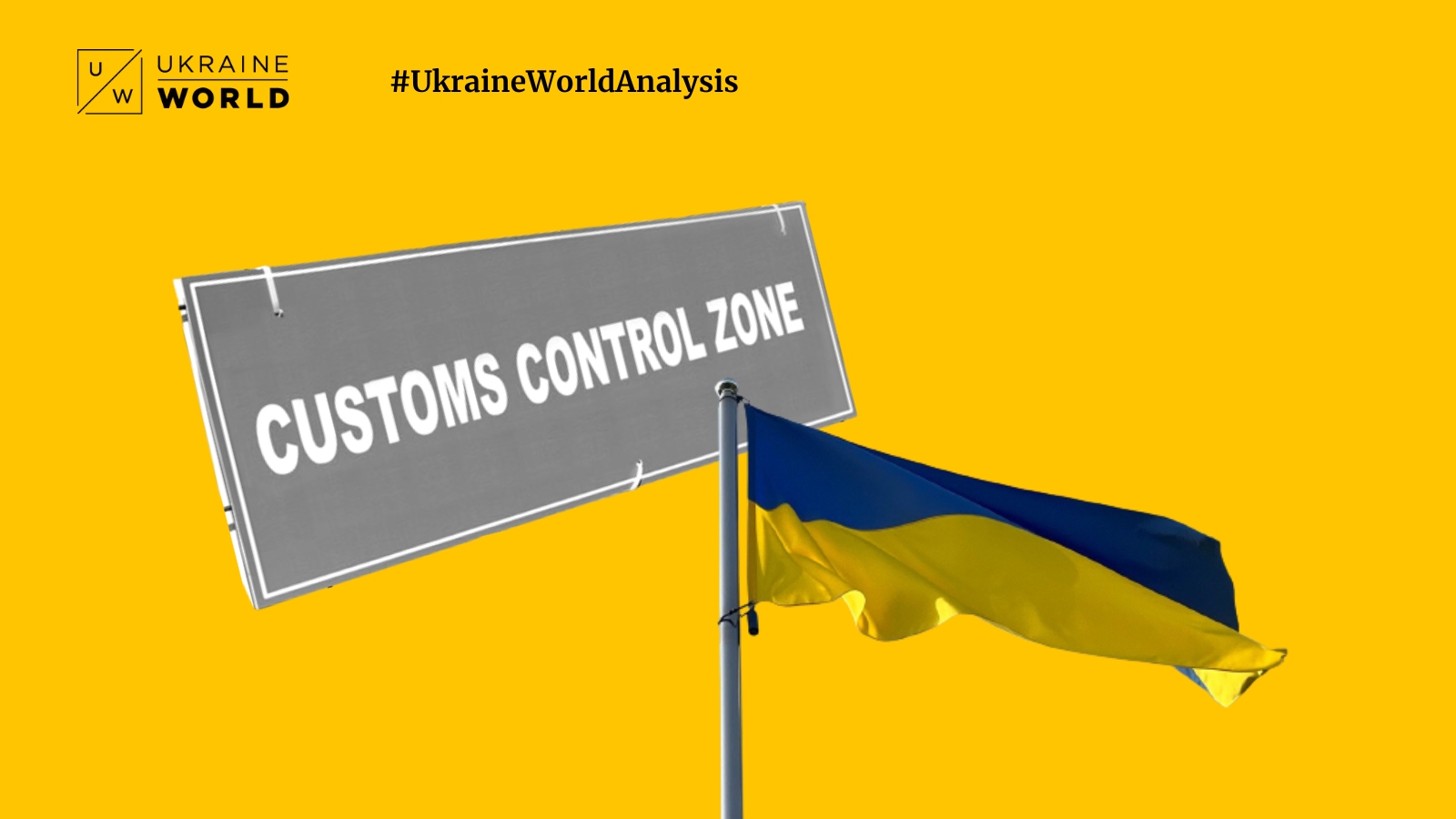UkraineWorld spoke to Veronika Movchan, Research Director at the Institute for Economic Research and Policy Consulting.
Key points — in our brief, #UkraineWorldAnalysis:
1. On what a "customs visa-free" regime is
- A so-called "customs visa-free" regime does not refer to import or export duties. The reduction or elimination of duties is in the domain of a free trade area. What we call a 'customs visa-free regime' is Ukraine's accession to the Common Transit Convention and the Convention on the Simplification of Formalities in Trade in Goods that occurred on October 1.
- Ukraine became the 36th member country of this common transit system. This accession means that, like other member states, Ukraine can use a single common transit declaration to move goods between itself and 35 other countries: the 27 member states of the European Union, the four countries of the European Free Trade Association, along with Great Britain, Turkey, Serbia, and North Macedonia.
2. On the underpinnings of the common transit system
- The New Computerized Transit System (NCTS) is the backbone of the common transit system, integrating the customs services of participating countries and allowing data exchange. The single electronic declarations are submitted to the NCTS. Ukraine has used the NCTS in a national mode since 2021 as a preparatory stage for the accession.
3. On the advantages of the "customs visa-free" regime
- There are advantages for the customs service in the traceability of single-declared goods. It also provides an opportunity for businesses to use one declaration and a financial guarantee for a complete relocation. A simplified, unified system allows an authorized company to apply seals, fill out documents, and send goods without going to the customs office. This greatly simplifies and facilitates international business activity.
- Under the common transit regime, financial guarantees have become compulsory, which is a new development for Ukrainian business. It means that the shipments can be more expensive in the first stage. Moreover, until all simplifications are worked out, customs clearance will likely be more careful and thus slow. In the long run, Ukraine's enterprises will receive approval and authorisation for their activities. The market for financial guarantees matures. This will allow the price of guarantees to fall and the benefits of the common transit system to become more pronounced.
- In an IER public opinion poll from October 2022, 54% of respondents did not know how the NCTS and common transit worked, while 46% did. The critical fear is financial guarantees.
- To help stabilize the Ukrainian economy, the European Union abolished the remaining import duties a year earlier than planned under the DCFTA. Moreover, as a temporary measure, the EU also abolished tariff rate quotas and safeguarded measures, particularly on metals. Furthermore, Ukraine is progressing on legal and institutional harmonization with EU norms, including food and manufacturing products safety requirements. The mutual recognition of safety conformity assessments would further reduce trade costs, complementing tariff liberalization. The preparatory work for this recognition is ongoing. As for other integration gains, Ukraine has joined the EU Common Aviation Area, although the war has deprived us of its benefits. The EU and Ukraine have also signed a temporary agreement on road transport, liberalizing access to road cargo shipments within the EU. Ukraine is gradually approaching the free movement of goods and services. Because of the war, we have gotten very close to the fourth freedom - the free movement of people, as Ukrainian citizens have been placed under the shield of a temporary protection mechanism within the EU.
DARIA SYNHAIEVSKA, ANALYST AND JOURNALIST AT UKRAINEWORLD
Veronika Movchan, Research Director at the Institute for Economic Research and Policy Consulting
This material was prepared with financial support from the International Renaissance Foundation.

